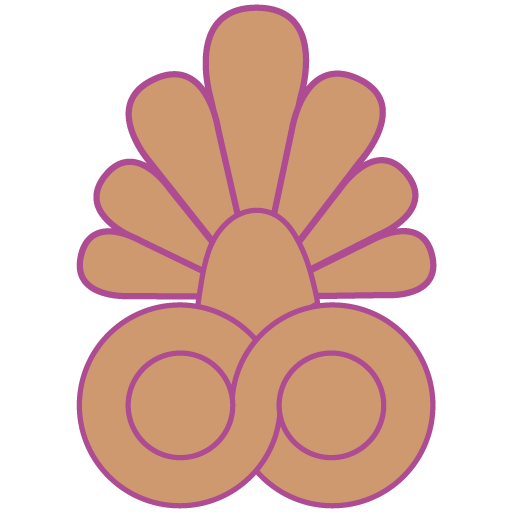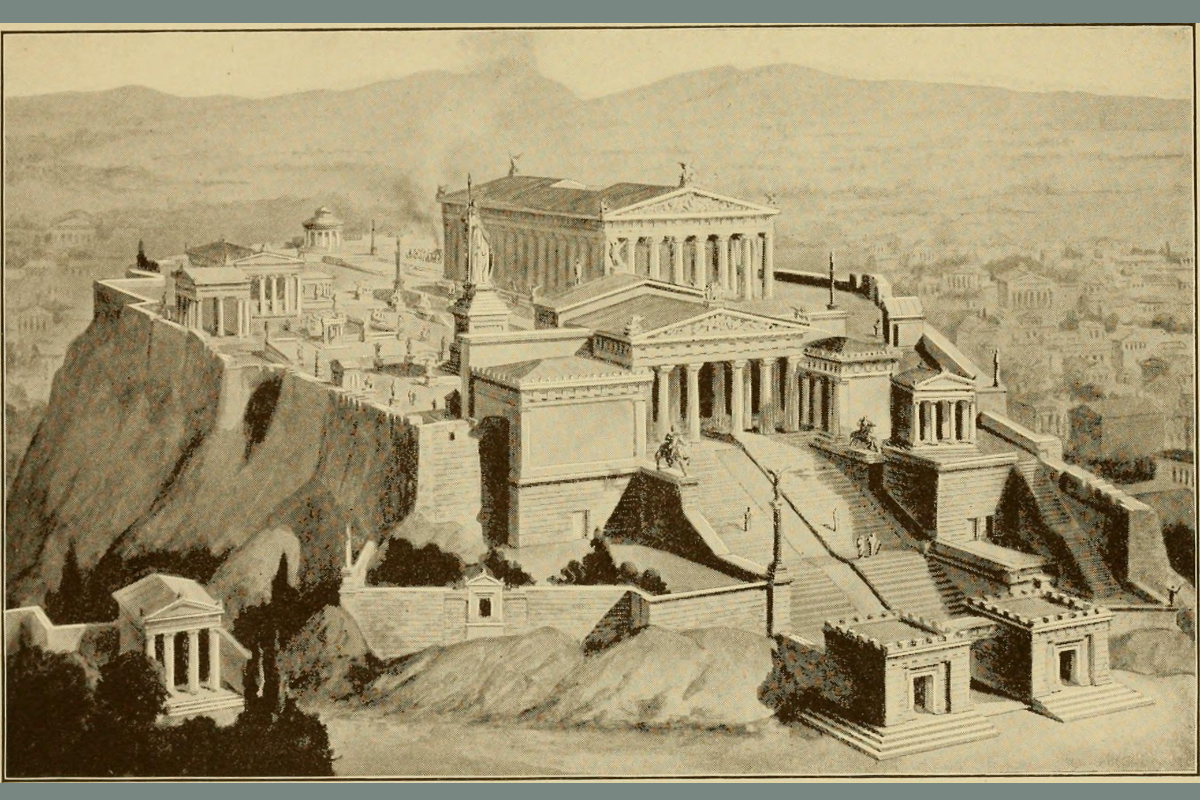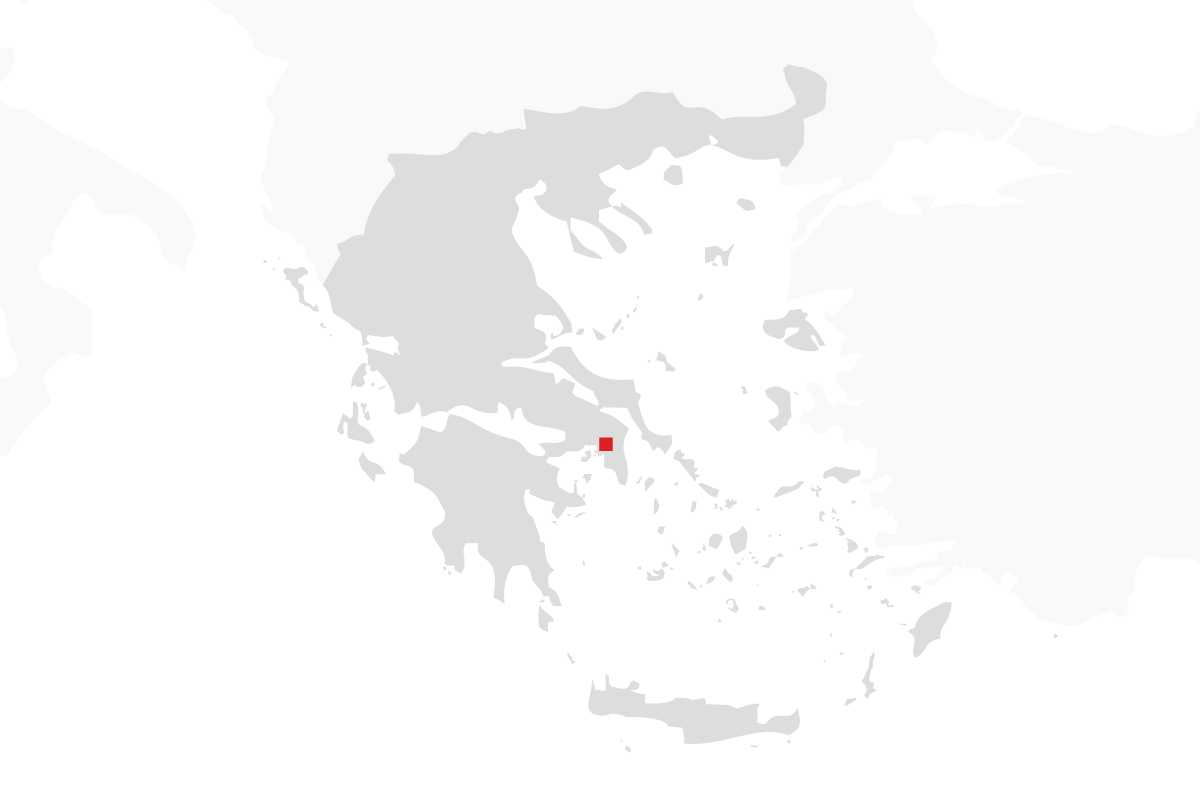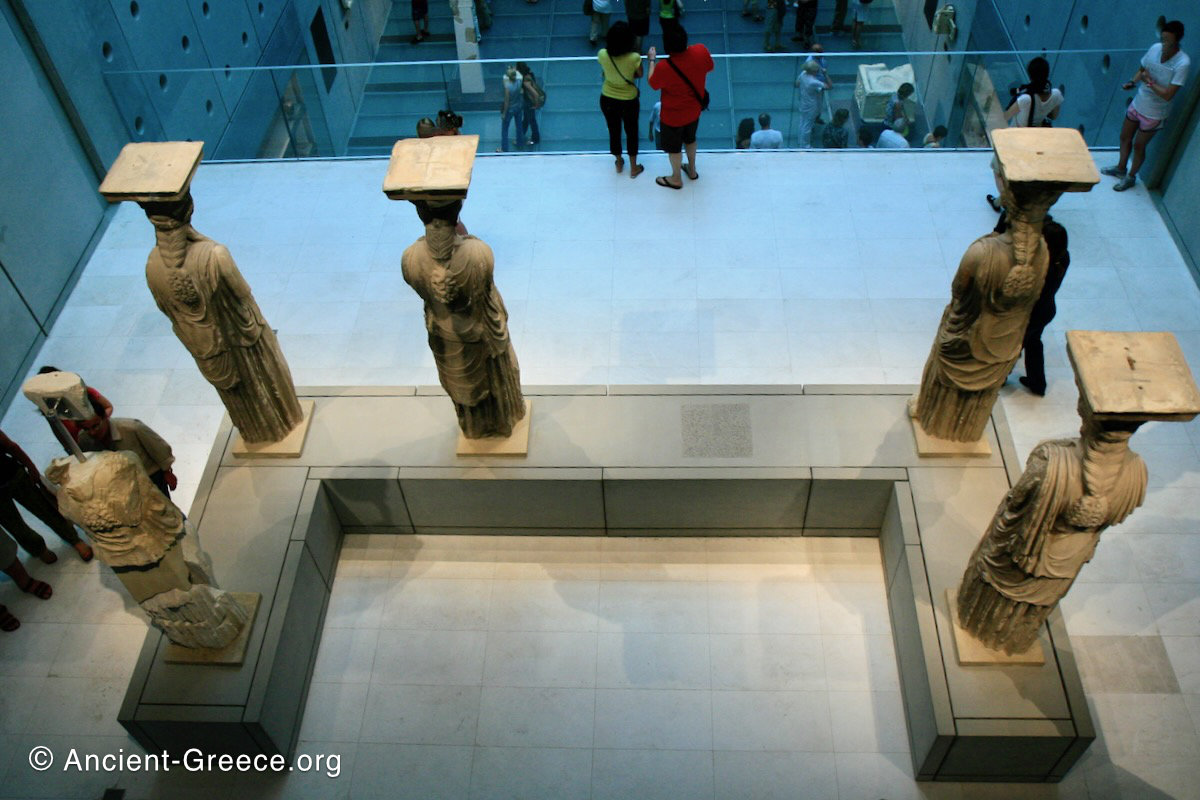

The Acropolis Museum (Μουσείο Ακρόπολης) shelters artifacts found in excavations at the adjacent Acropolis of Athens.
Highlights include the sculptures from all the major buildings on the Acropolis: the Parthenon, the caryatids of the Erechtheion, the sculptures from Temple of Athena Nike, pediments from older temples, and the extensive selection of Kore statues.
Sculptures of the Parthenon
The main sculptural decorations of the Parthenon include the Chryselephantyne statue of Athena (lost to us), the east and west pediments, the metopes of the peristyle, and the continuous frieze of the cella.
Read more about the Parthenon sculptures…
Parthenon Frieze
The Parthenon frieze, is a sculptural scene which runs on a continuous line around the exterior wall of the temple’s cella, is 1 meter high and 160 meters long.
The sculptures are executed in low relief and depict the people of Athens in two processions that begin at the southwest corner and parade in opposite directions until they converge over the door of the cella at the east end of the Parthenon.
Almost certainly it represents the Panathenaic procession that was a central celebration in Athens during Classical times. Read more about the Parthenon frieze…
Parthenon Pediments
The Parthenon’s east pediment sculptures represented the birth of Athena. According to Greek mythology Zeus gave birth to Athena after a terrible headache prompted him to summon Hephaestus’ (the god of fire and the forge) assistance. To alleviate the pain he ordered Hephaestus to strike him with his forging hummer, and when he did, Zeus’ head split open and out popped the goddess Athena in full armor.
The west pediment faced the Propylaia and depicted the contest between Athena and Poseidon during their competition for the honor of becoming the city’s patron.
Athena and Poseidon appear at the center of the composition, diverging from one another in strong diagonal forms with the goddess holding the olive tree and the god of the sea raising his trident to strike the earth. At their flanks they are framed by two active groups of horses pulling chariots, while a crowd of legendary personalities from Athenian mythology fills the space out to the acute corners of the pediment.
Parthenon Metopes
The Parthenon metopes that were visible on the exterior of the temple were made in deep relief and surrounded the temple on all sides. Most Greek temples had few decorated metopes, but in the Parthenon all ninety-two metopes were decorated on all sides with scenes from Greek mythology.
Erectheion
The original Caryatids (Caryatides) statues from the Erechtheion.
The Caryatids have become the temple’s signature feature, as they stand and casually support the weight of the porch’s roof on their heads.
Their identification, or the purpose for such elaborate column treatment is lost through the centuries, but it was by no means a new feature in Greek architecture. The Syphian treasury at the sanctuary of Delphi similarly substituted female figures for columns as far back as the sixth century BCE.
Temple of Athena Nike
The small temple of Athena Nike right next to the Propylaia was decorated with a continuous Ionic freeze as was customary in Attica.
The north frieze as well as the south one depicts a battle of Greeks against Persians, the relief of the west wall represents a battle between Greeks and other Greeks, while the East frieze above the colonnade of the entrance shows a number of gods and deities in various stages of activity.
The parapet of the Temple of Athena Nike surrounded the temple and was elaborately decorated by relief sculptures.
The parapet was built after the temple was complete, perhaps as late as 410 BCE.
Kore and Kouros Statues


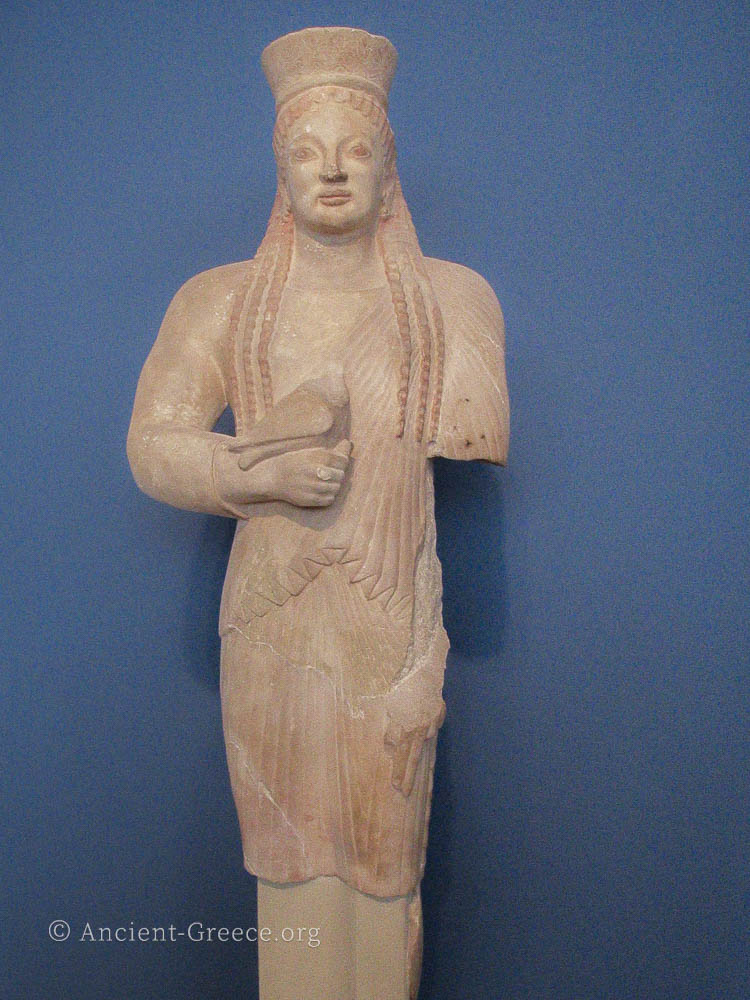

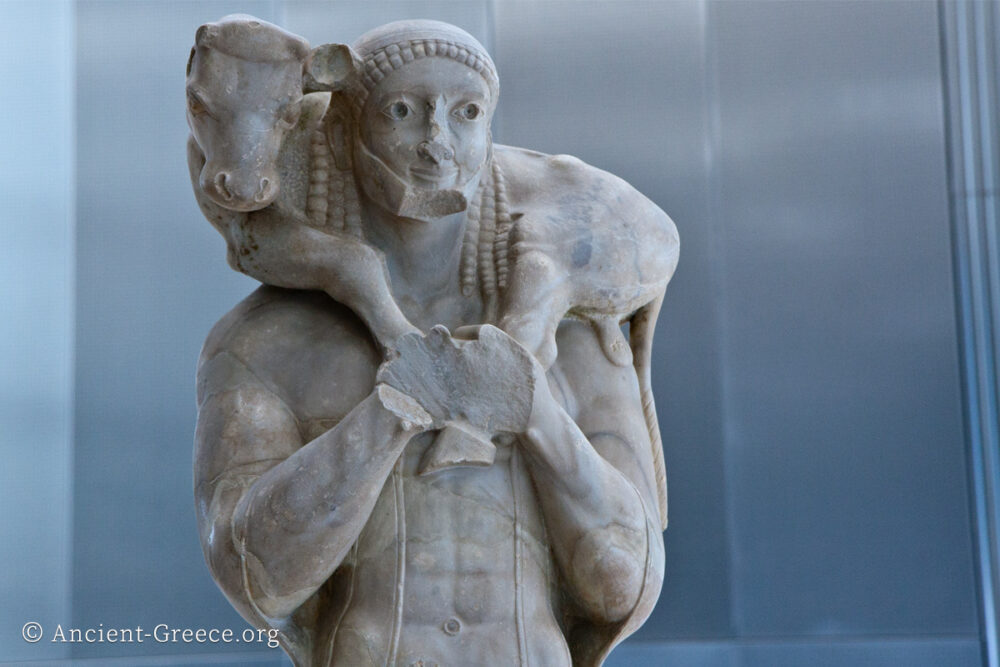

Kore (κόρη = maiden. Plural: κόραι, korai) and Kouros (Κούρος: youth. Plural: Κούροι, Kouroi) sculptures, were abundantly produced in Ancient Greece during the Archaic era (700-480 BCE), continuing a centuries-old tradition of votive or commemorative figure statues made of bronze which was previously of small scale.Around 600 BCE the first monumental figure sculptures appear in Greece and depict youths.
Sculpture




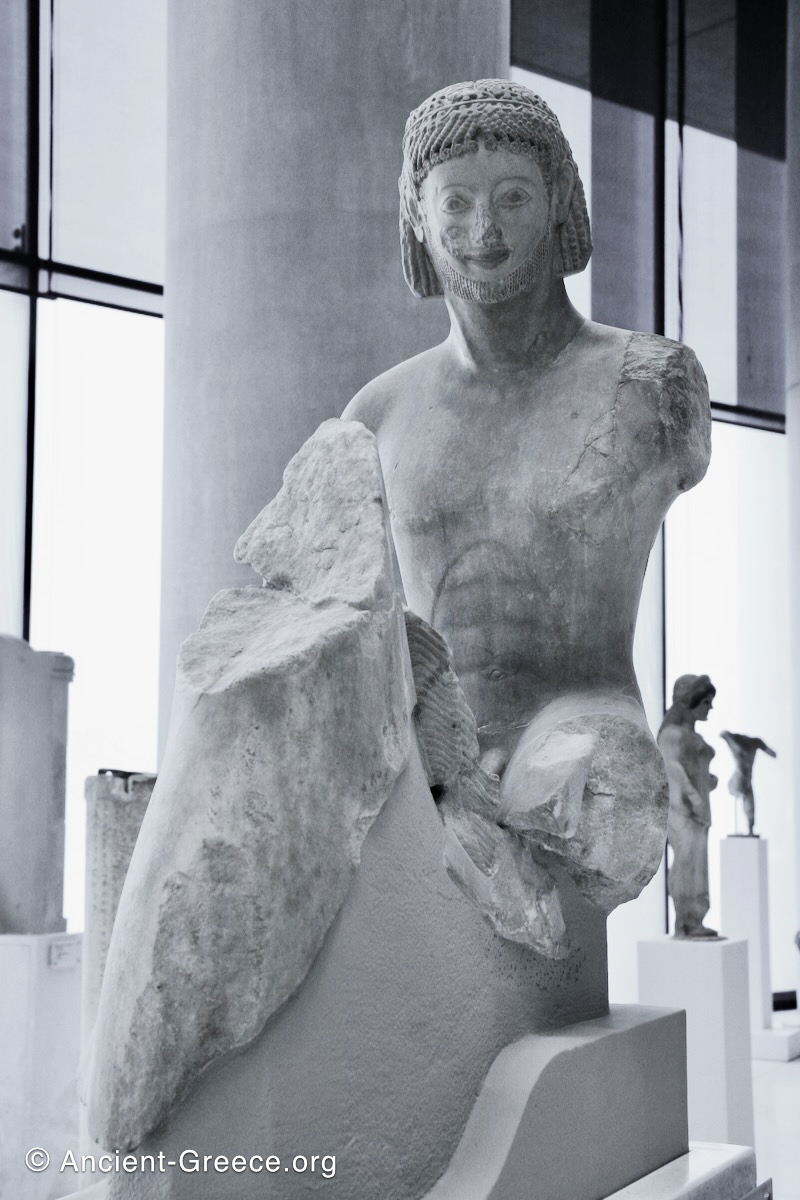

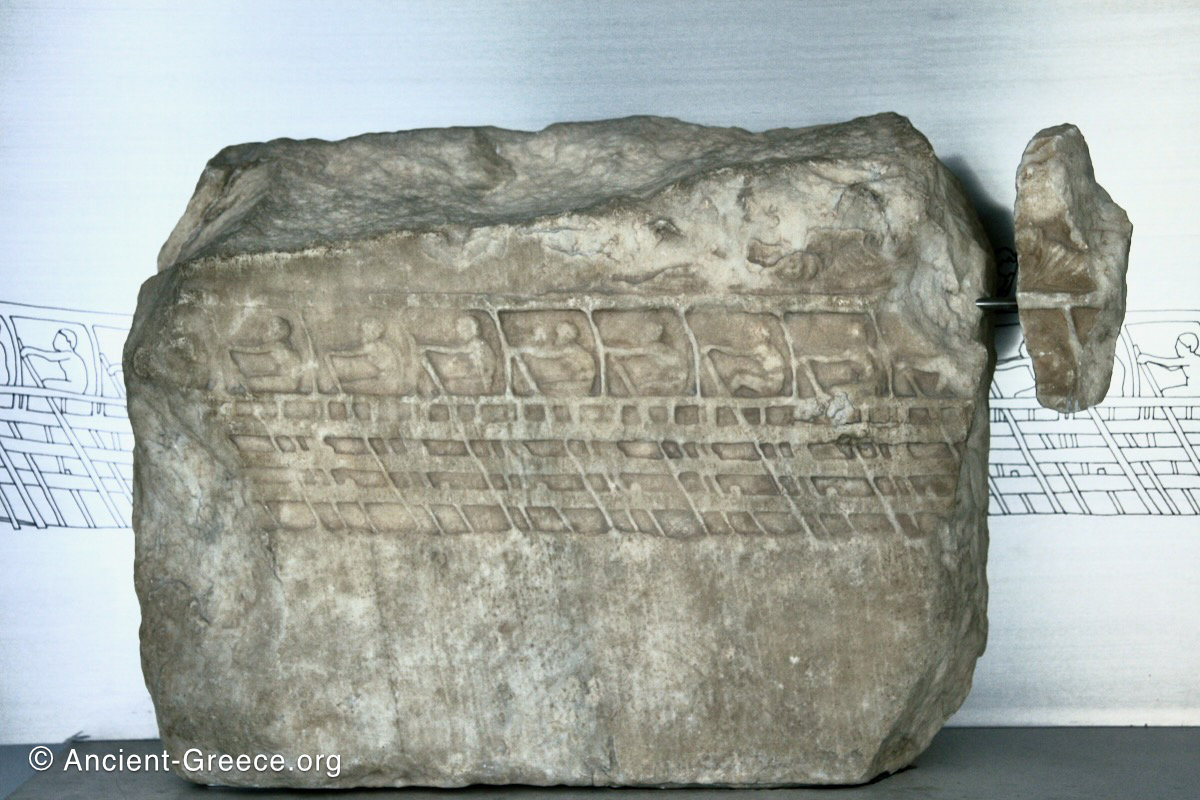

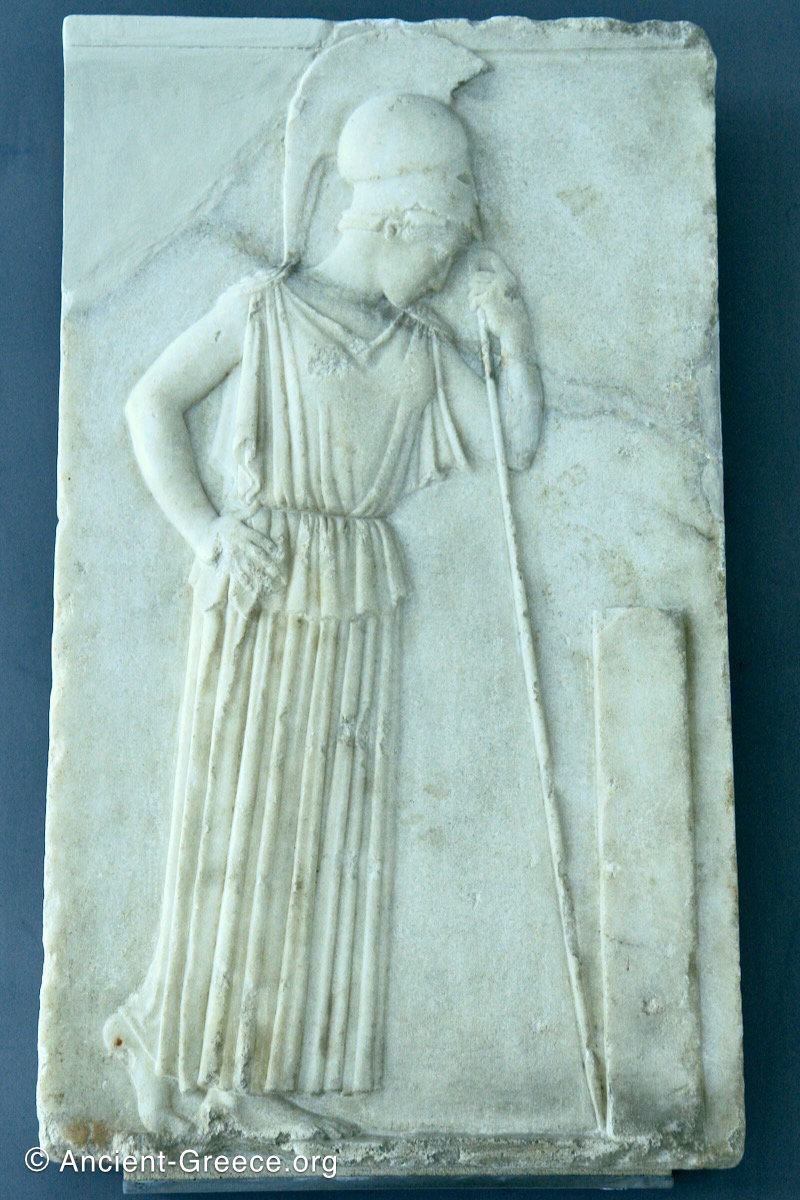

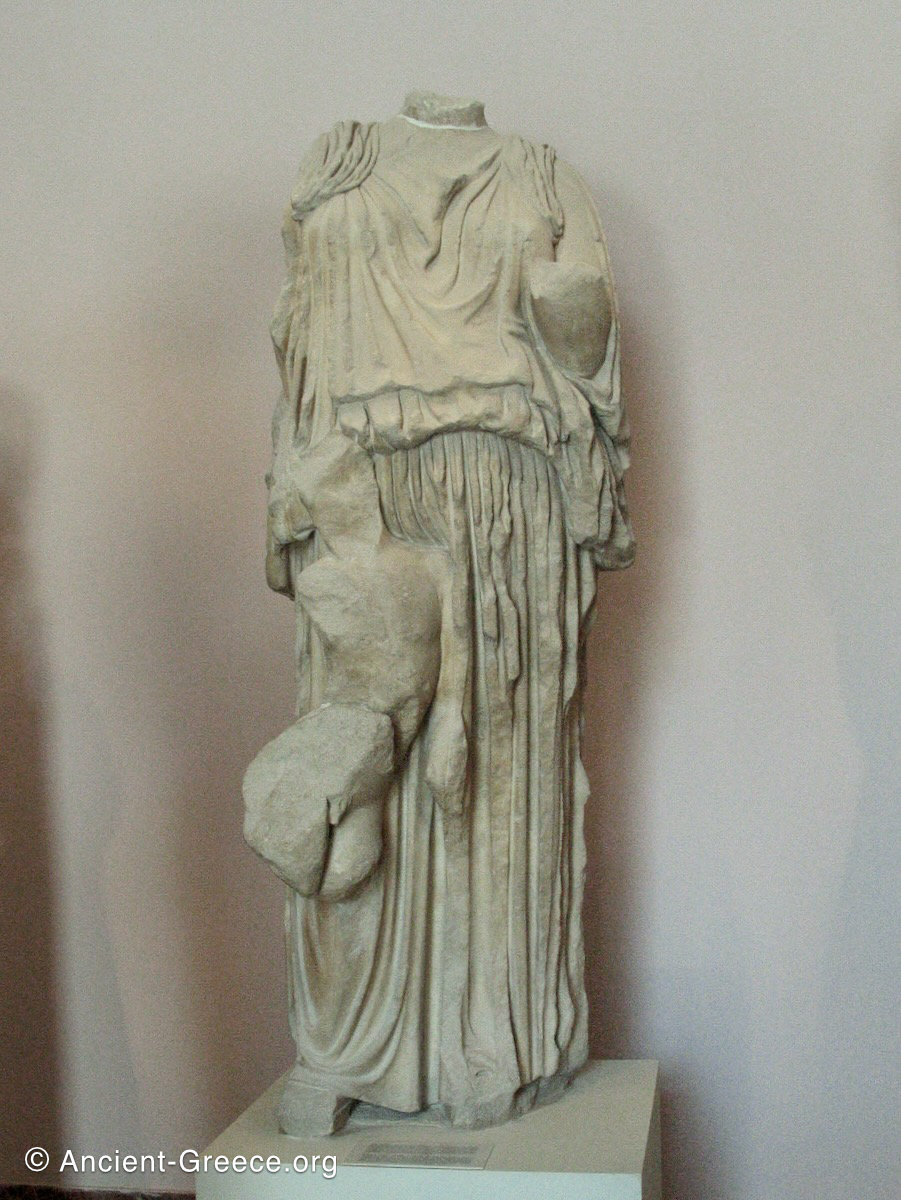
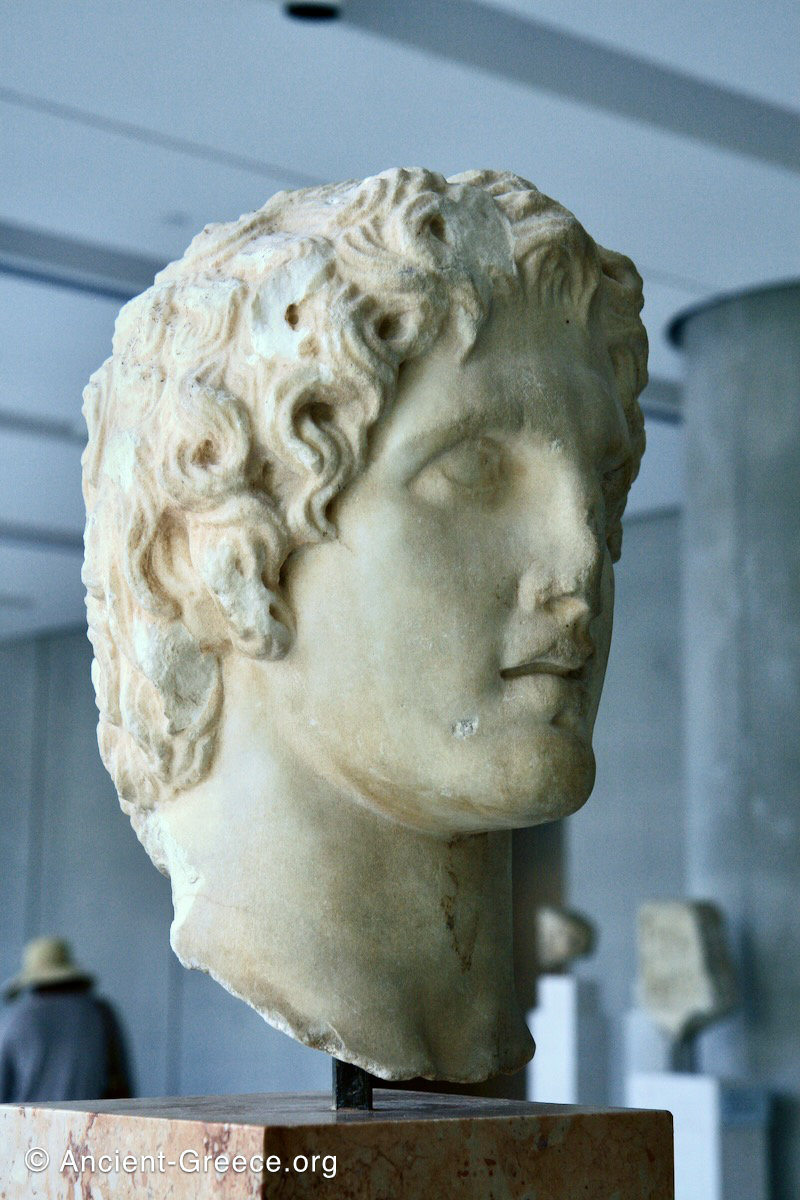

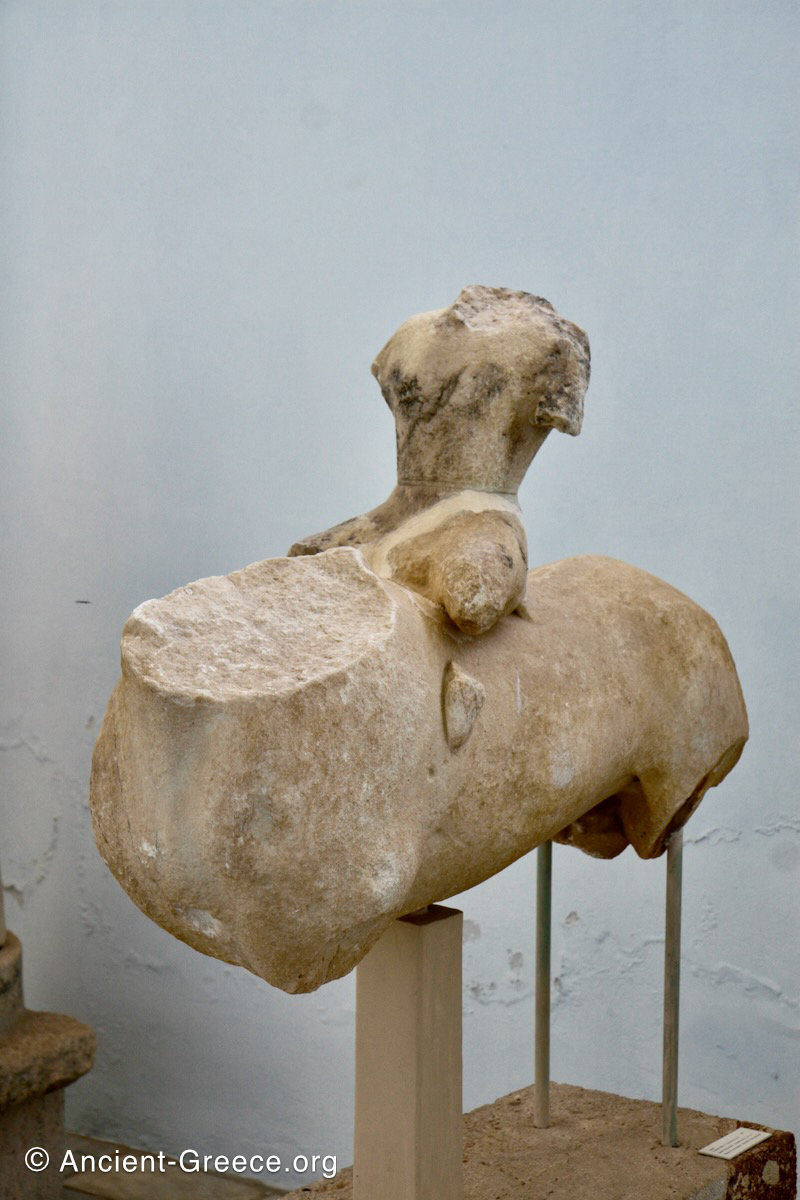

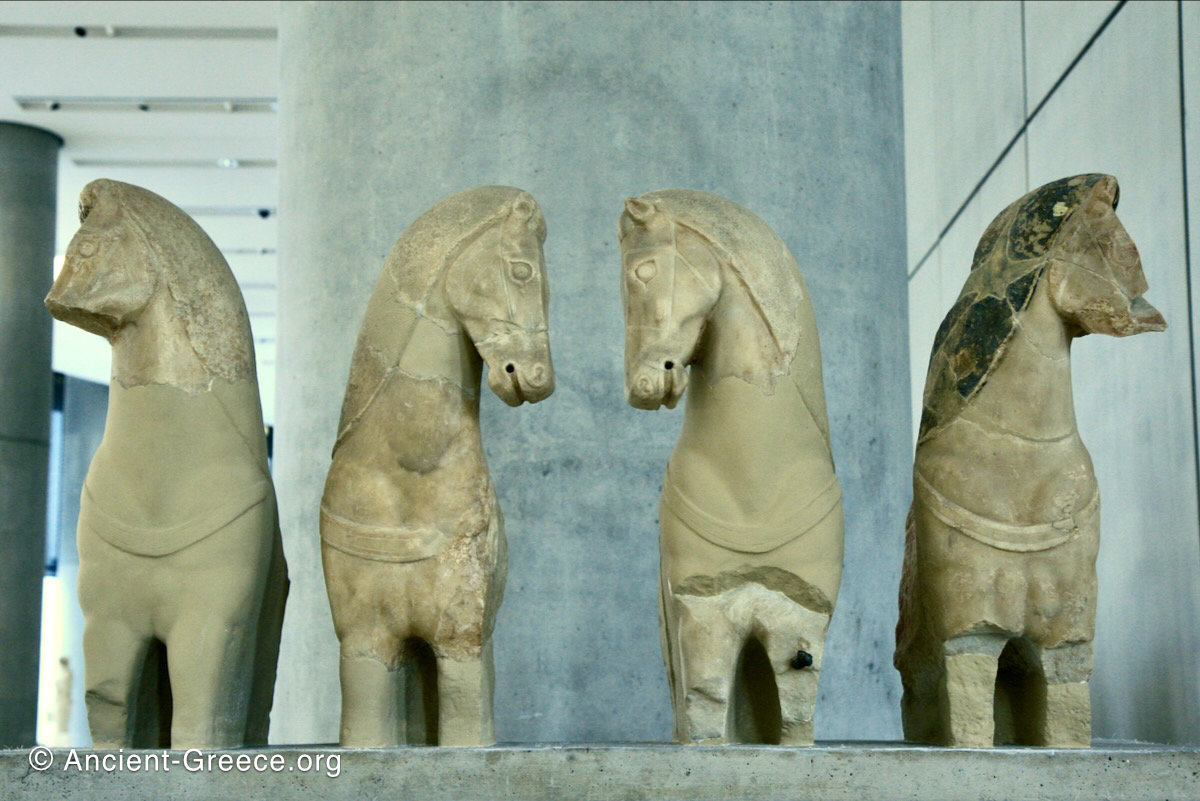
Sculpture and artifacts from excavations at the Acropolis of Athens.
Old Temples
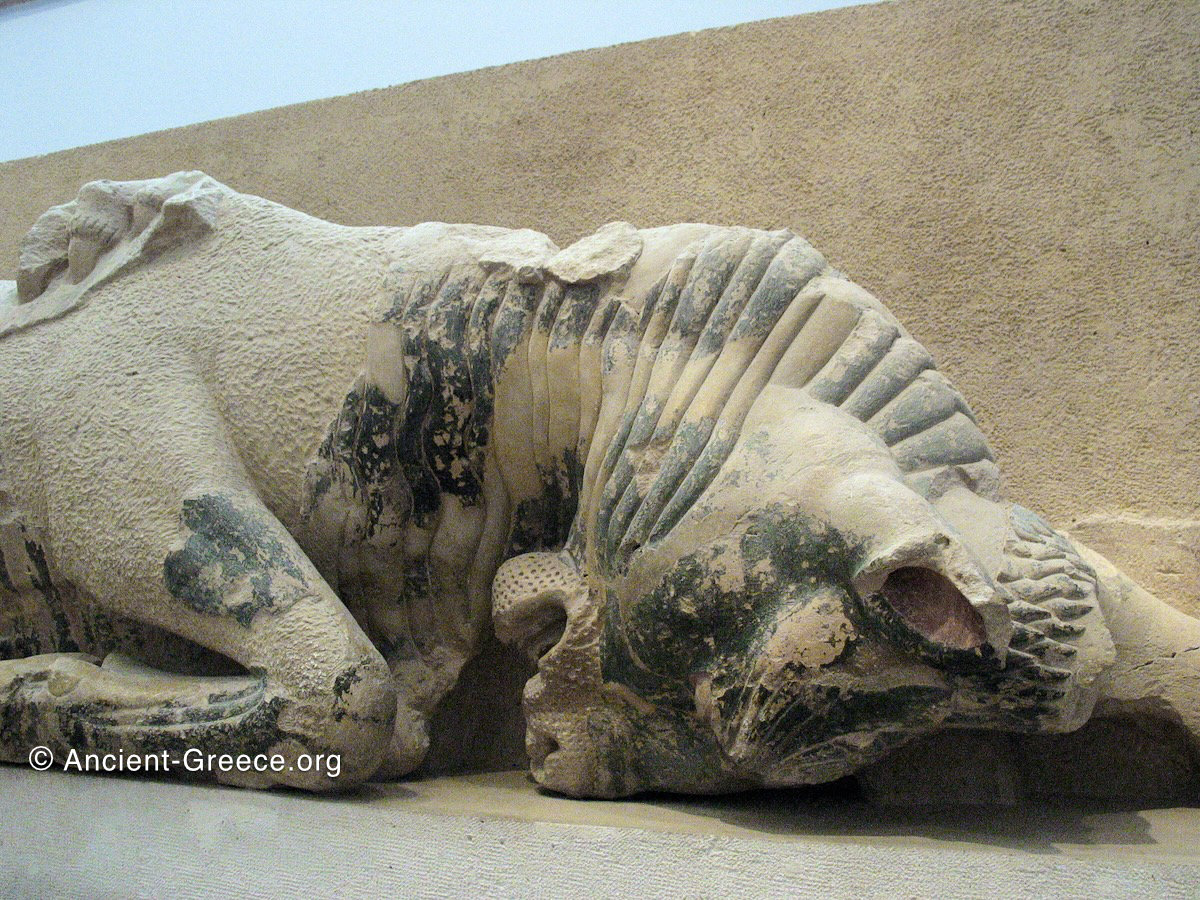
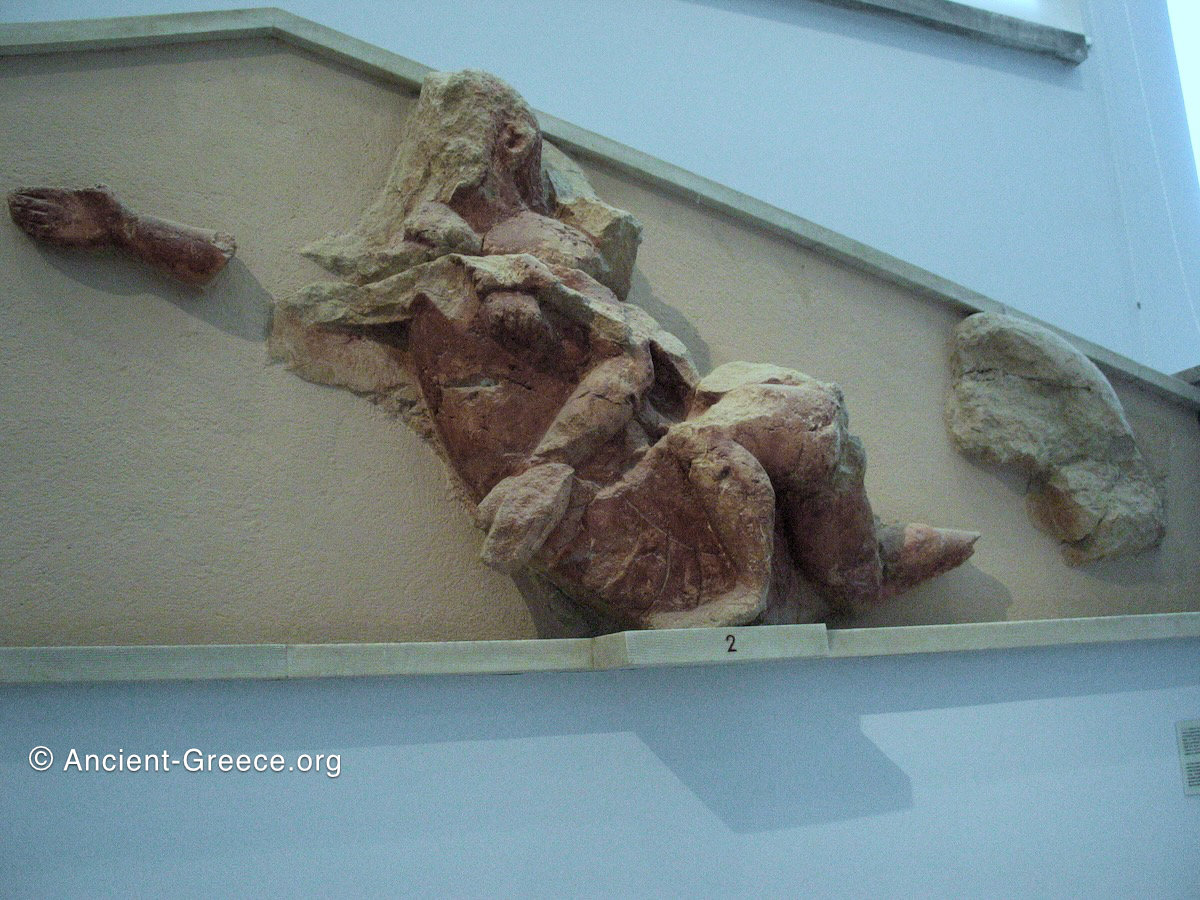
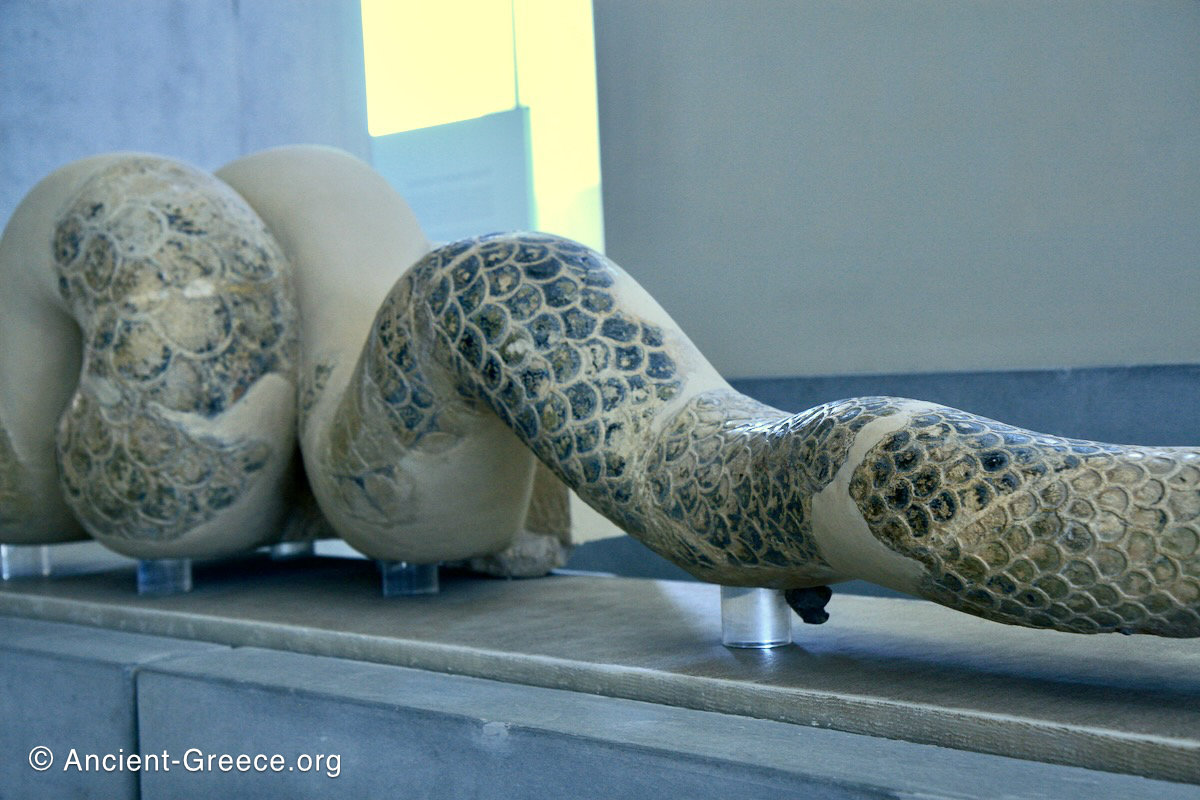

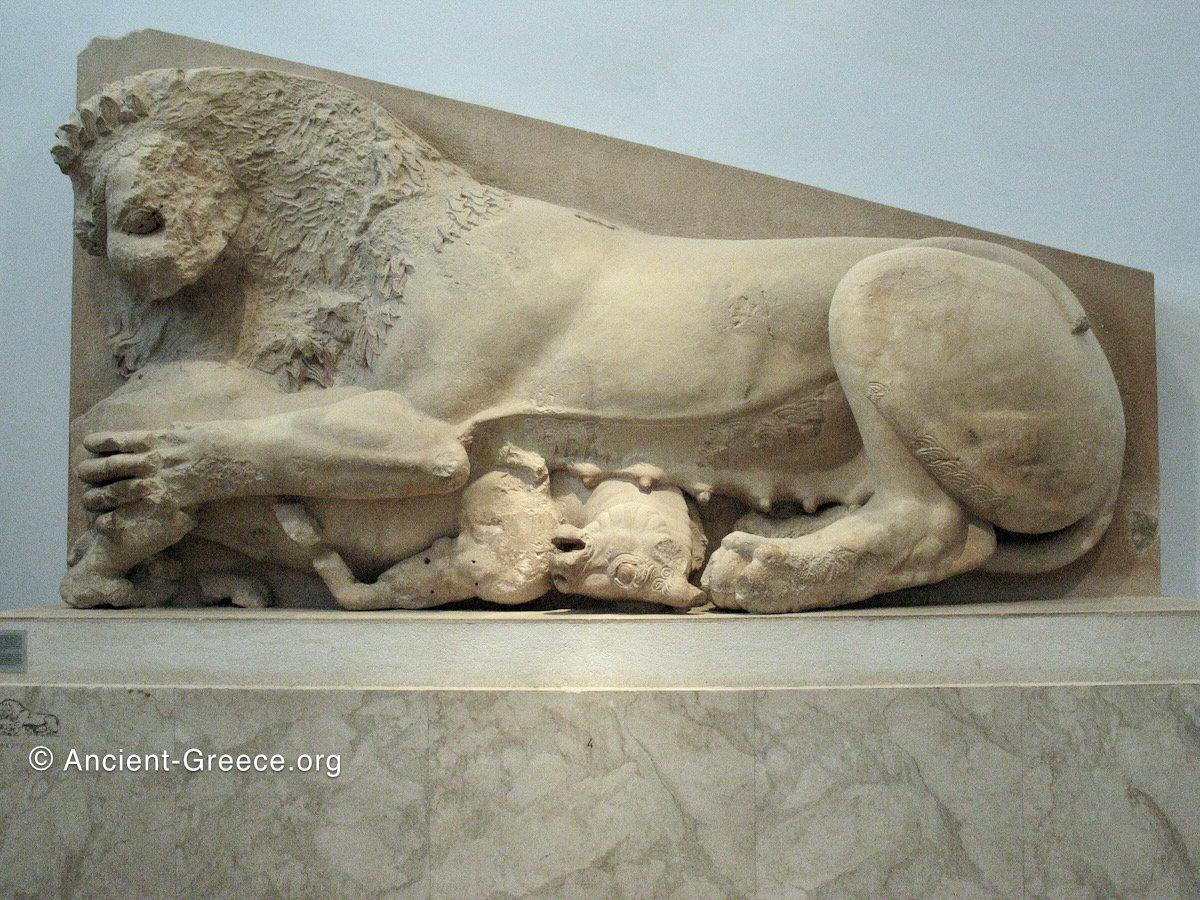
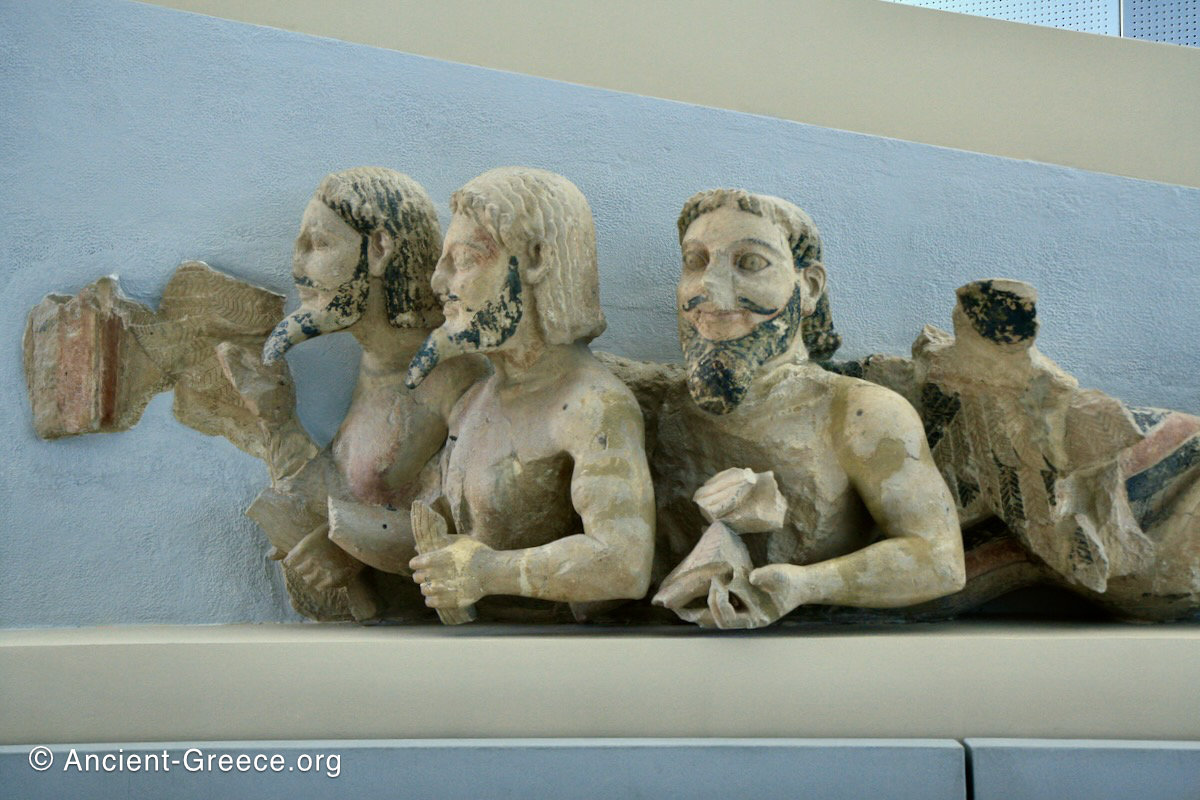
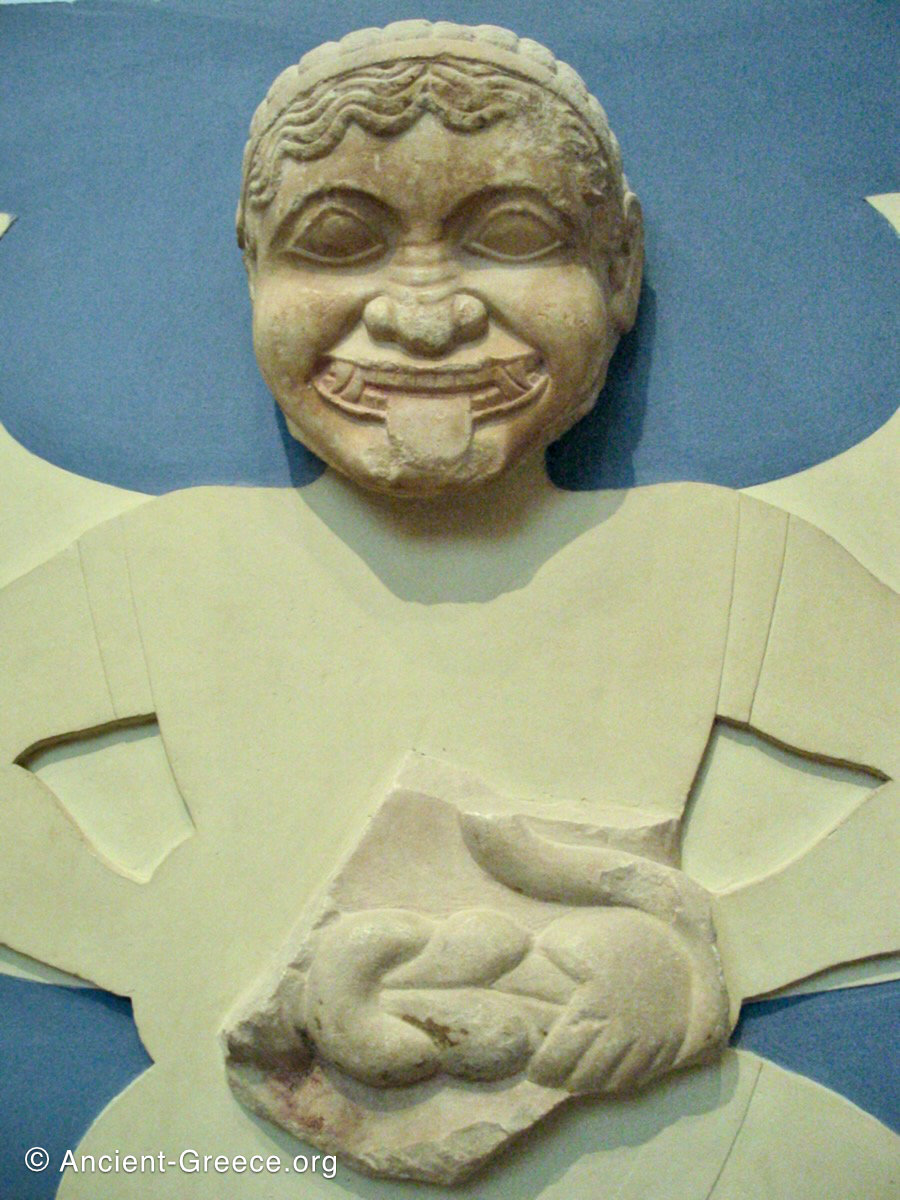
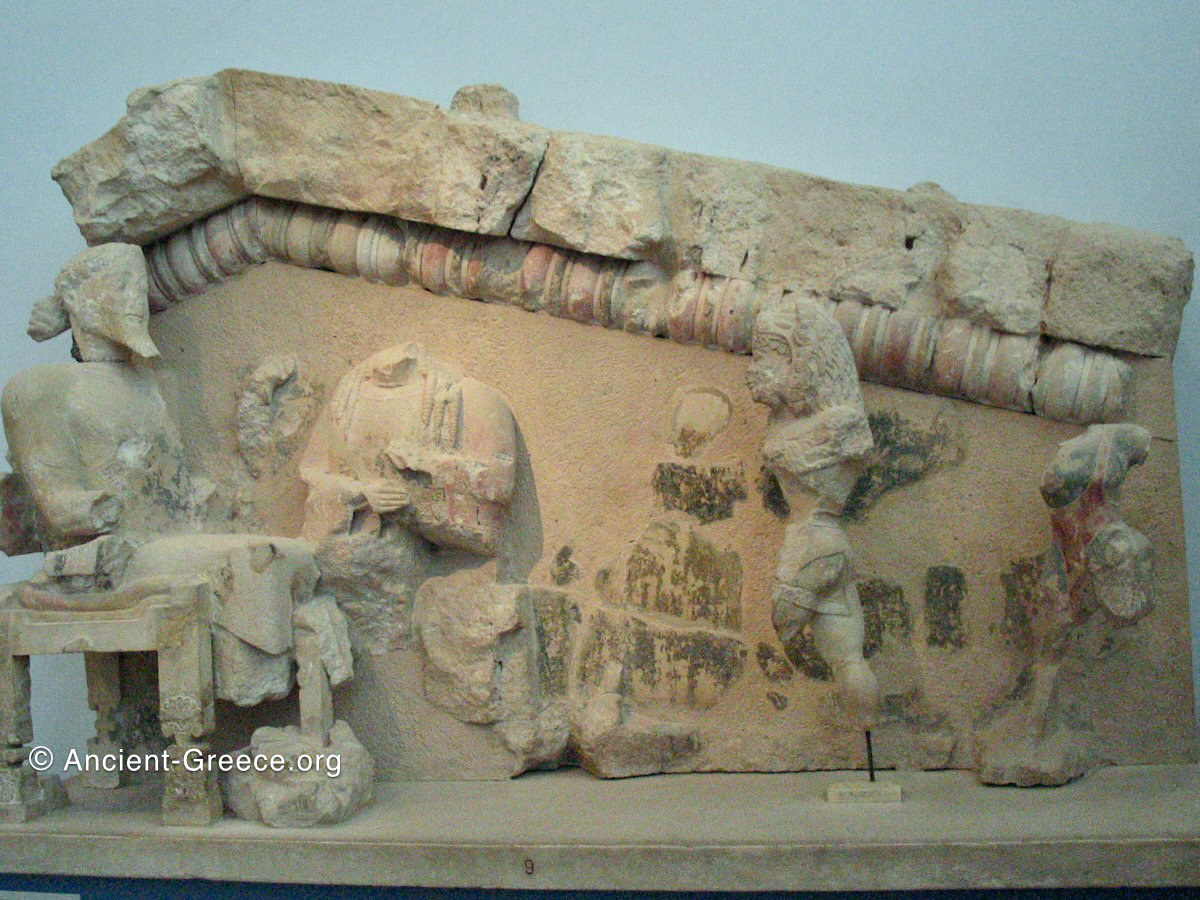
Before the classical temples we see on the Acropolis today, several different temples succeeded each other on the Acropolis rock. A host of statues and architectural members have been found at the Acropolis belonging to these older buildings.

